Drones have been an integral part of advertisement campaigns and movie shots for quite some time now. In the United States, Amazon has even been implementing delivery through drones. In India, from December 1st, with the new Directorate General of Civil Aviation’s policy on drones, it will now become easier to fly these drones in the country. Here are some things to keep in mind when you’re considering flying a drone.
1. Know The Sizes
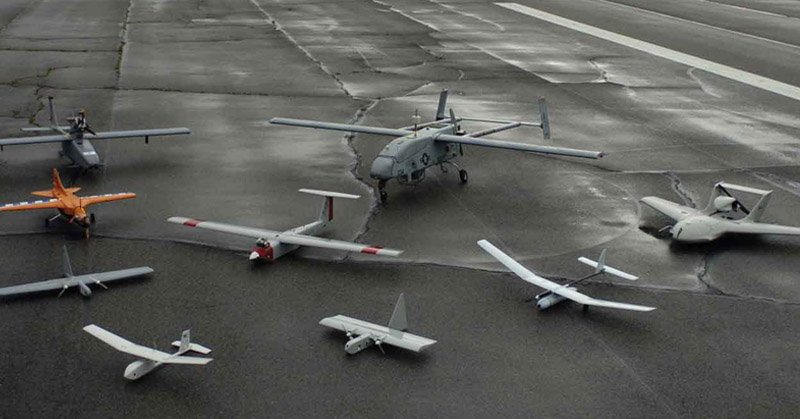
There are 5 different types of drones based on size. The DGCA has classified them as Nano, Micro, Small, Medium and Large. The weights range from 250gm to more than 150 kg respectively.
2. Remember To Get Permission
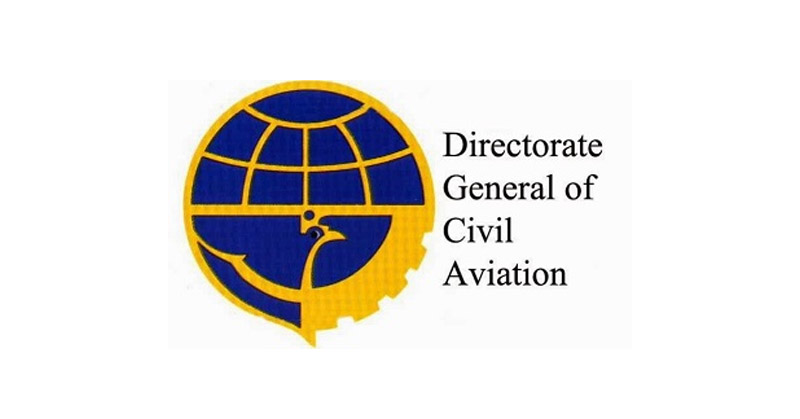
If you are operating a microdrone below 200 feet, remember to inform the police at least 24 hours earlier. There are exceptions to this and they are listed by the DGCA’s policy on drones.
3. Educational Qualification
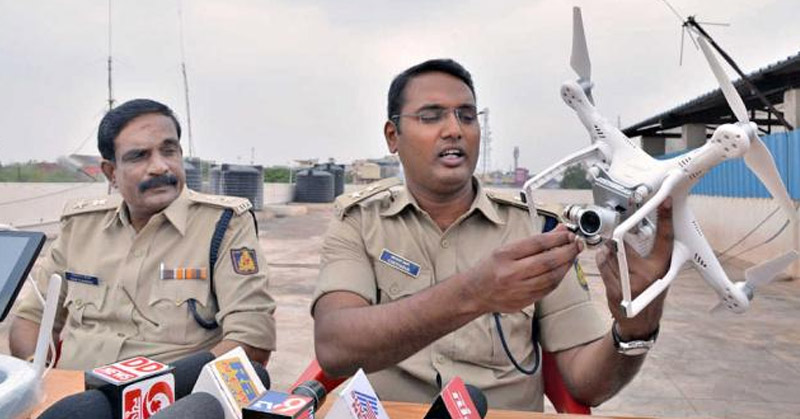
There is a necessity for educational qualification for purchasing and using a drone. The qualification is 10th pass in English. Training is also a necessity.
4. Age Qualification
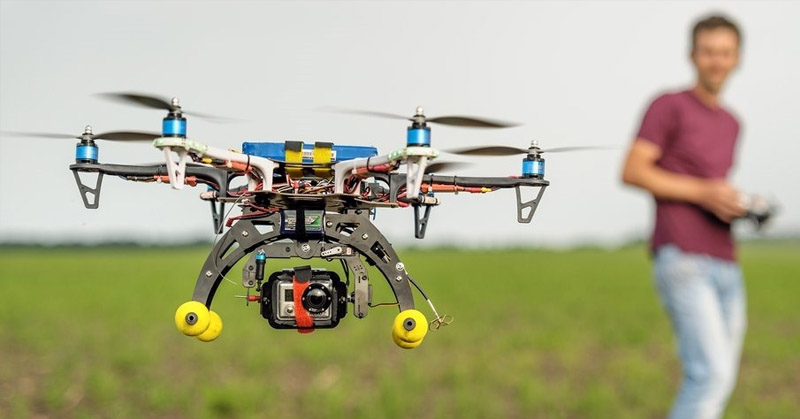
There is a required age limit for operating a drone as well. The minimum age for qualification is age 18.
5. Nano Drone Exceptions
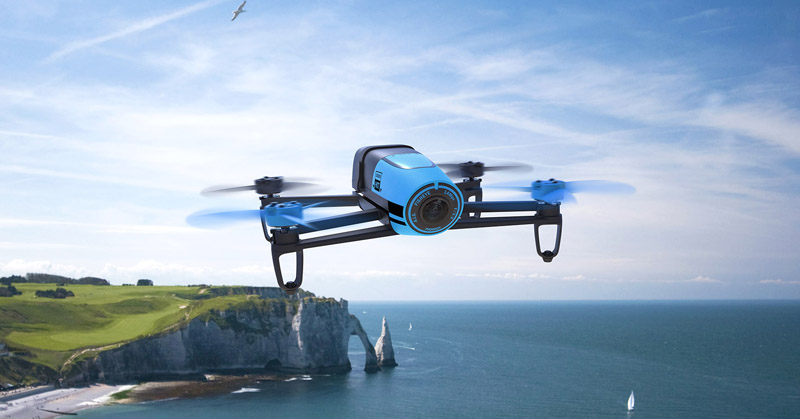
One needs permission from the DGCA in order to use all size drones except the nano ones. After application and grant from the DGCA, the drone will be cleared for import.
6. Permits And Essentials
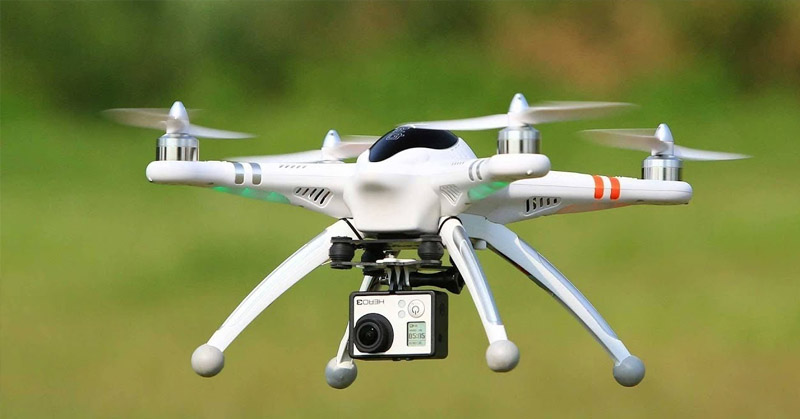
The DGCA dictates that a drone requires a Unique Identification Number that has to be attached to it. It also requires an unmanned aircraft operator permit.
7. Time Of The Day
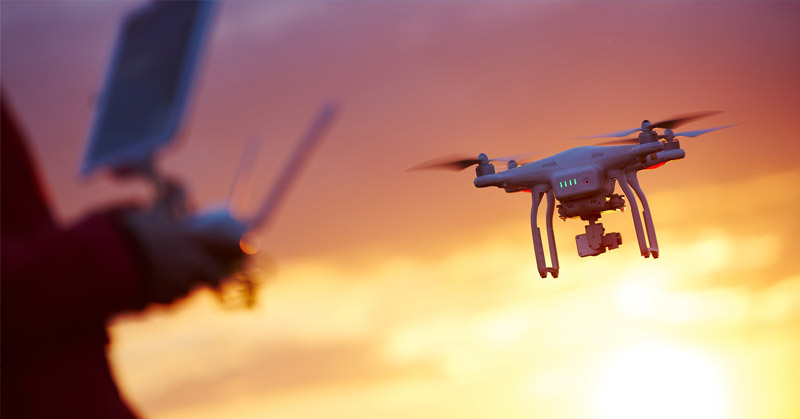
Drones can be flown only during the daytime. On top of that, all drones operated should be within Visual Line of Sight or VLOS.
8. One Drone At A Time
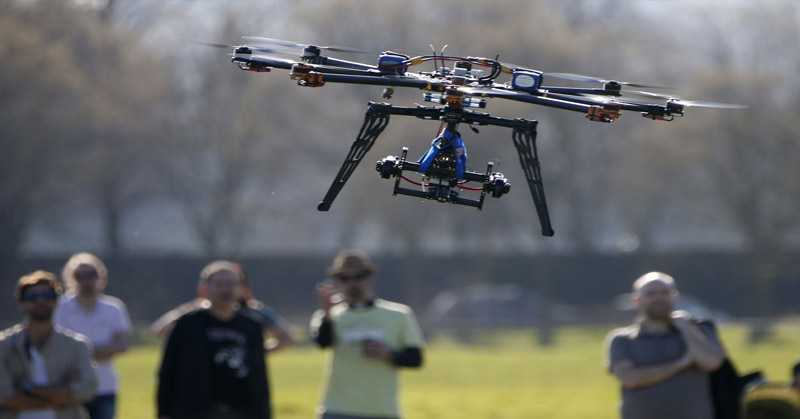
According to the DGCA, you may have more than one drone. However, you can operate only one drone at a time.
9. Mind The Gap
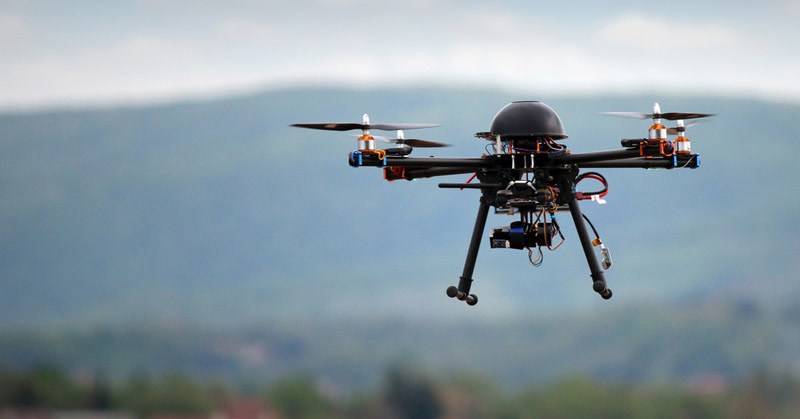
Drones should not fly 3km near airports of cities. For cities Bengaluru, Hyderabad, Chennai, Kolkata, Mumbai and Delhi, it is 5km.
10. Look Where You’re Flying Drones
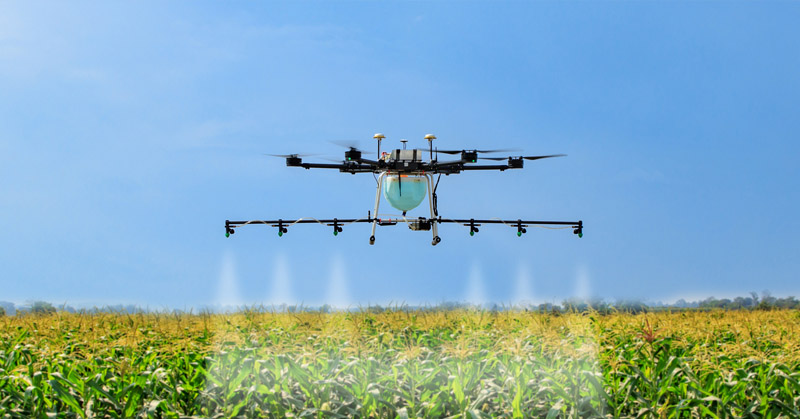
Drones are banned from other locations as well. These include beyond 25kms from international borders, 500m from coastline to sea and 3km from military institutions and establishments.
With more ease of drones and policies by the DGCA, flying them will become freer in India. This opens up many possibilities for the media and several companies and hopefully, the tips above provide some basic guidance on the topic. What do you think about this? Let us know in the comments below.


No comments:
Post a Comment